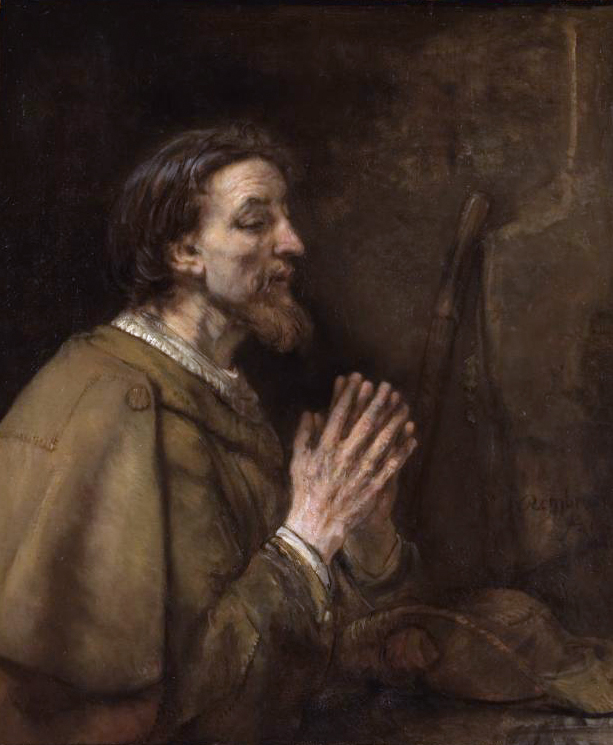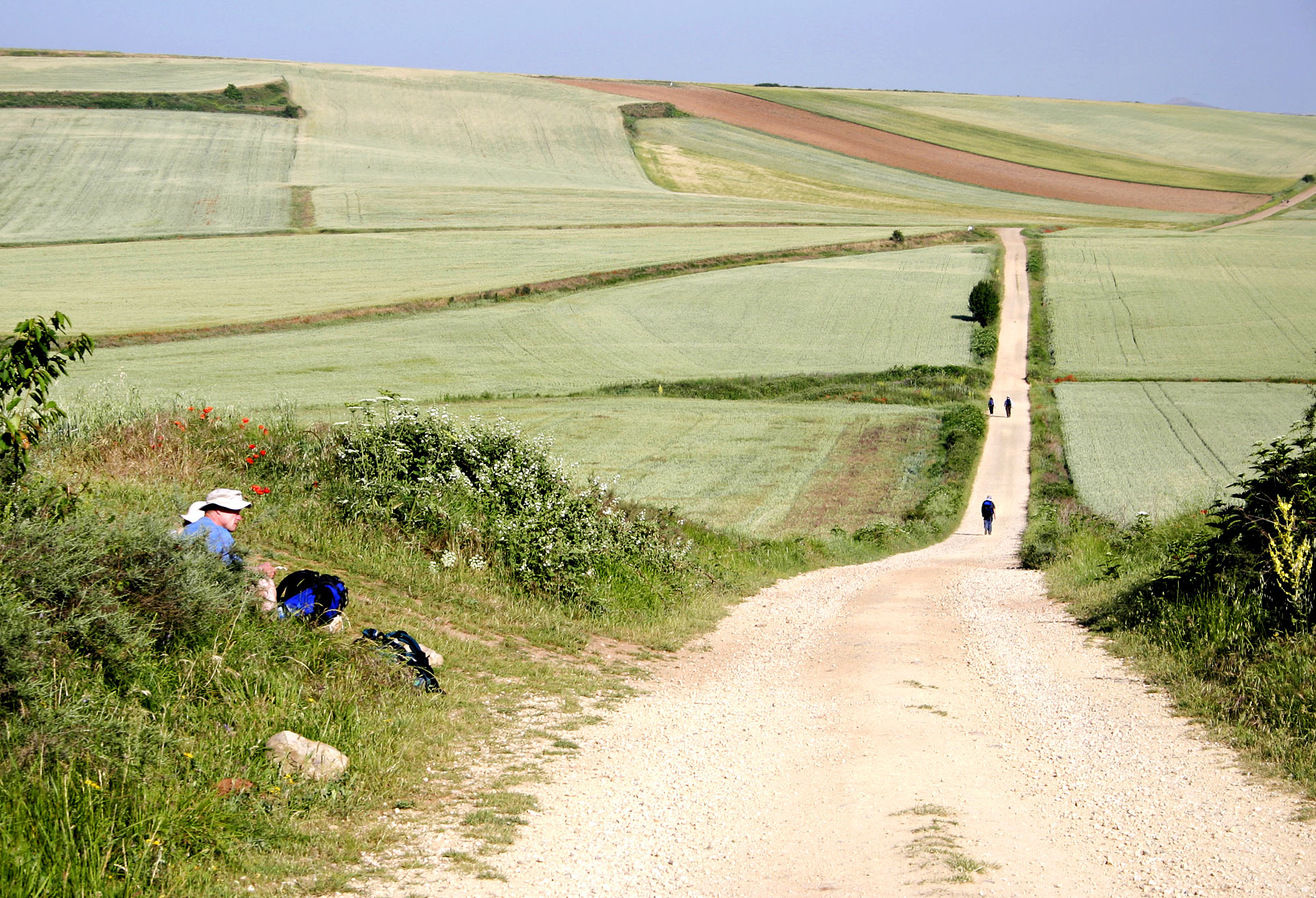The way of St. James
How well do you know St. James? Which one, you may ask. This one, St. James “the Greater”, son of Zebedee.
St. James the Elder by Rembrandt
I didn’t ‘know him’ well at all until we went to Santiago de Compostela. It’s one of the oldest pilgrim destinations in Church history, with an extraordinary history of its own. The old village around the cathedral there, in the beautiful region of Galicia in Spain, is always alive with pilgrims from all over the world, and with music. We happened to be there during an outstanding music festival that celebrated different artists, my particular favorite being the great Irish works. Galicia has a very Celtic influence, which shows up in its own unique music and art. Wonderful place.
But its great fame lies in the saint enshrined behind the altar in the cathedral there, and the tradition of taking the pilgrim Way of St. James, the Camino de Santiago. In college seminary, my son Andrew made that pilgrimage on foot with eight other seminarians for the last 111 kilometers, and it has become a tradition at St. John Vianney Seminary ever since, so great is the impact of the pilgrimage.
When Pope John Paul II wrote Tertio millennio adveniente, an Apostolic Letter looking ahead at the time to the third millennium, he focused on the subject of pilgrimage. “Why does God seek man out?” he wrote, adding that by sending Jesus Christ into the world, “God goes in search of man…moved by his fatherly heart.” And he draw us to himself, wrote Pope John Paul, through the footsteps of Christ. By following those steps, he said, man goes in search of God. As Christians, we are all on a lifelong pilgrimage.
On the road to Santiago de Compostela


